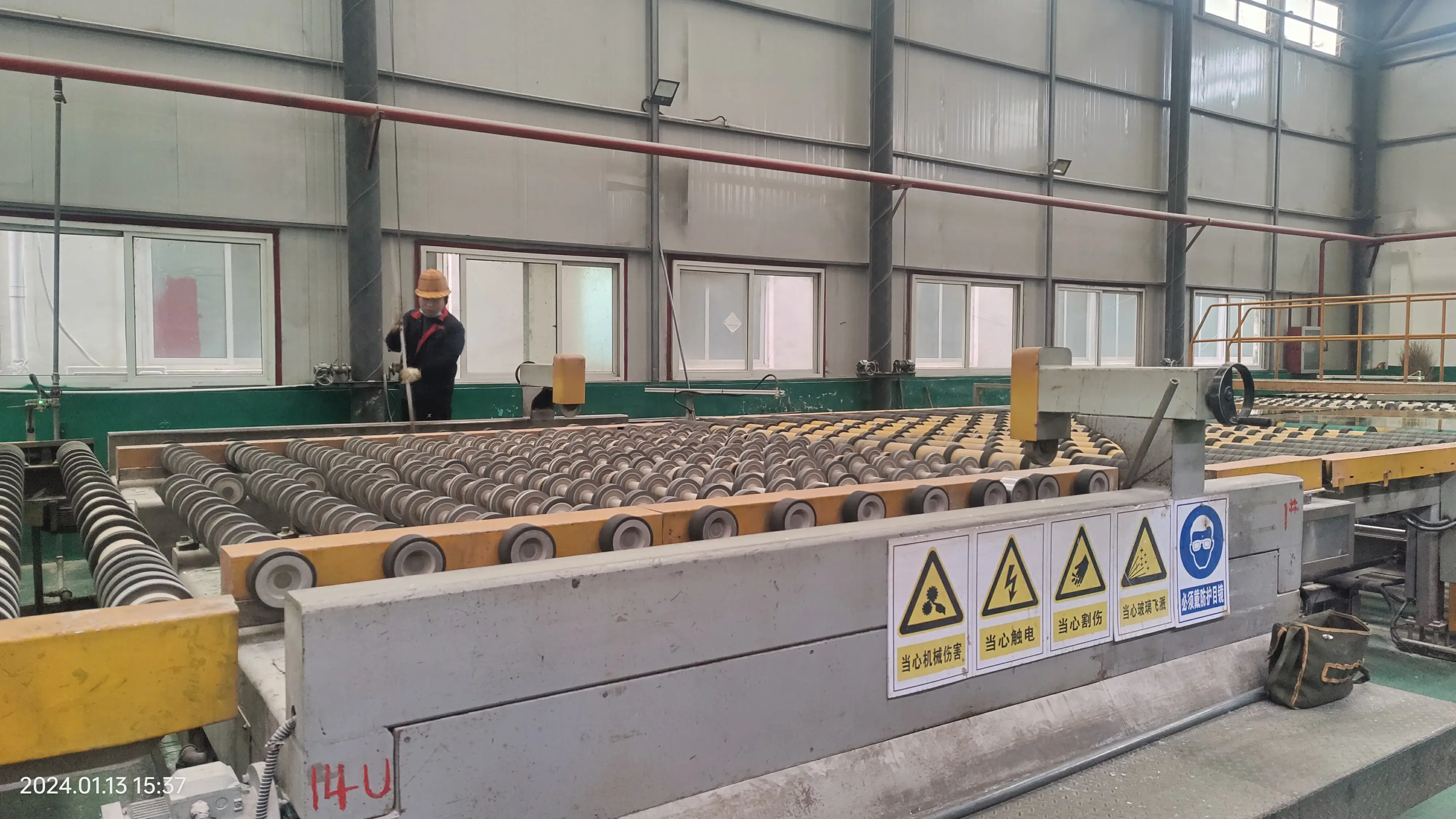

Understanding the Cost of Low-E Glass
Low-emissivity (Low-E) glass has gained popularity in recent years due to its energy-efficient properties and ability to improve indoor comfort. As homeowners and builders lean toward sustainable practices, understanding the associated costs of Low-E glass becomes paramount.
What is Low-E Glass?
Low-E glass is a type of insulated glass that has a microscopically thin coating. This coating reflects heat back to its source while allowing natural light to enter. It effectively keeps interiors warmer in winter and cooler in summer, reducing dependence on heating and cooling systems. This feature makes Low-E glass an eco-friendly option that helps in lowering energy bills and promoting sustainability.
Factors Influencing the Cost of Low-E Glass
1. Type of Low-E Coating There are primarily two types of Low-E coatings—hard coat and soft coat. Hard coat Low-E glass is generally more durable and less expensive, but it may not perform as well thermally compared to soft coat Low-E glass, which provides a superior reflection of heat. Thus, the choice of coating can significantly affect the overall cost.
2. Thickness and Size The thickness and size of the glass pane also impact the price. Custom-sized windows or thicker panes tend to be more expensive. For instance, larger windows may require additional materials for proper framing and support, thus increasing the overall cost.

3. Framing Materials The type of frame used for Low-E glass windows can influence the price. Common materials include vinyl, aluminum, and wood. Vinyl frames are generally more budget-friendly, whereas wood frames, while offering aesthetic warmth, tend to come at a higher cost. The choice of framing can add to the overall investment needed for Low-E glass installations.
4. Installation Costs The cost of installation is a critical factor to consider. Hiring a professional for installation, especially if it involves custom-sized glass or integrating new windows into existing structures, can add significantly to expenses. It’s advisable to obtain quotes from multiple contractors to get a better understanding of labor costs in your area.
5. Energy Efficiency Ratings Glass with higher energy efficiency ratings may come at a premium. However, investing in high-performance Low-E glass can lead to savings in energy costs over time, which may offset the initial expense. It's important to analyze long-term benefits when considering cost versus performance.
Comparing Costs with Standard Glass
When comparing Low-E glass to standard dual-pane glass, the cost of Low-E glass is typically higher. Standard glass lacks the thermal performance that Low-E glass offers. While the upfront investment for Low-E glass can be significant, the long-term savings on energy bills often justify the cost. Studies show that homeowners can recover their investment in Low-E glass within a few years through reduced energy expenses.
Conclusion
While the cost of Low-E glass may initially deter some homeowners, the benefits it offers in energy efficiency, comfort, and sustainability make it an attractive option for modern constructions and renovations. As energy costs continue to rise, investing in Low-E glass not only enhances the value of a property but also contributes to environmental conservation. It’s essential to do thorough research, account for all factors involved in the cost, and consider the long-term savings associated with reduced energy consumption. Ultimately, Low-E glass represents a forward-thinking choice in building for the future.